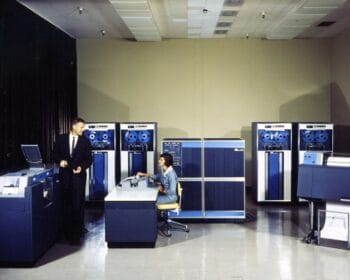LINC (Laboratory Instrument Computer)
From “Laboratory Instrument Computer (LINC): The Genesis of a Technological Revolution” by Samuel A. Rosenfeld Personal computers, now as ubiquitous as typewriters, are direct descendants of the LINC, an invention made some two decades ago, at the close of the paleo/computing era. In the early 1960’s, digital computers were accorded…

